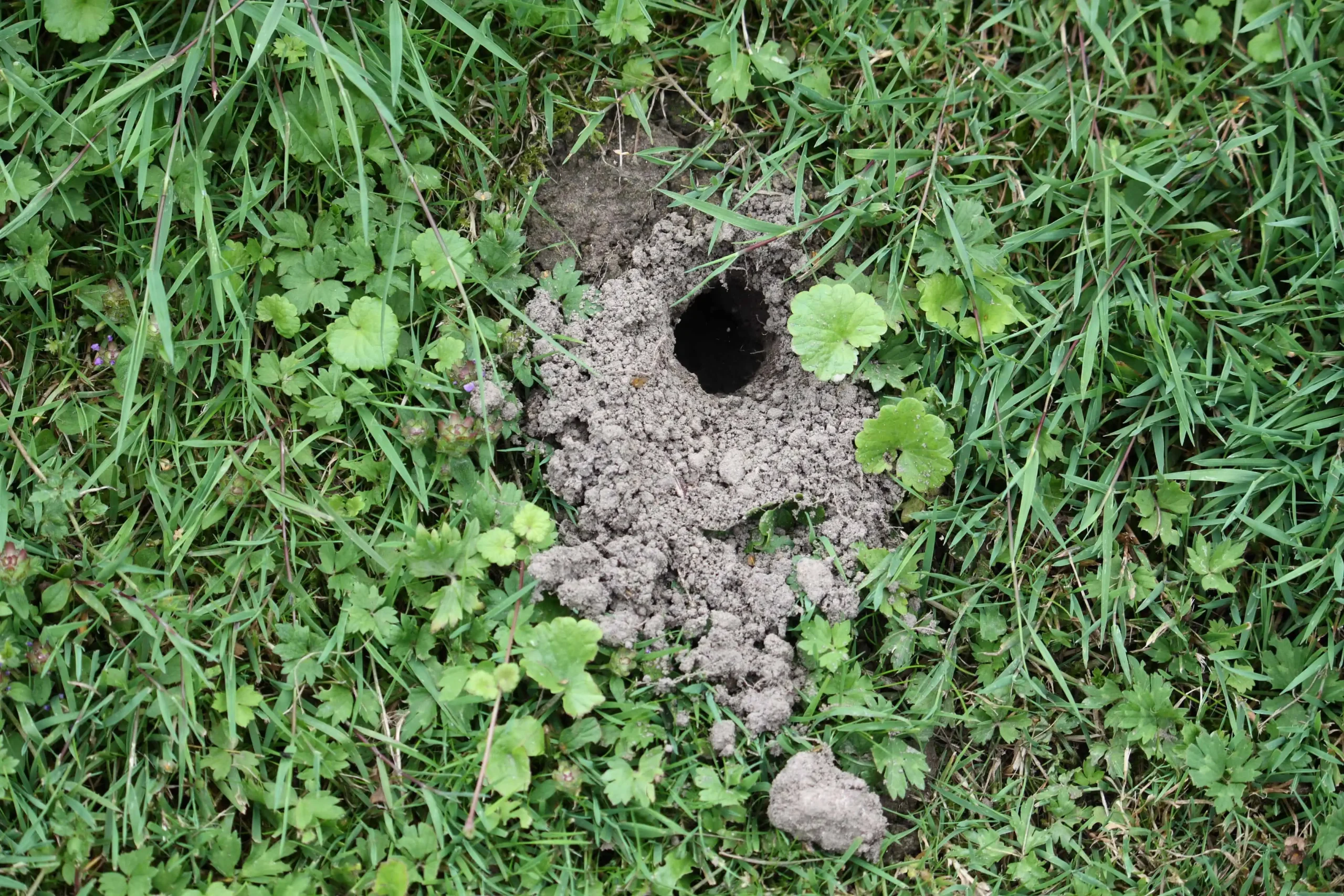Expert Strategies for Vole Control and Avoidance
Expert Strategies for Vole Control and Avoidance
Blog Article
Comprehensive Guide to Effective Vole Pest Control: Infestation Recognition and Treatment Approaches
In the world of reliable parasite control, vole infestations present an unique obstacle that requires a strategic strategy. These small rats, typically incorrect for computer mice, can unleash havoc on gardens, grass, and crops if left unattended. Identifying the indicators of vole visibility and applying targeted treatment approaches are vital parts of an effective pest monitoring plan. By discovering the nuances of vole habits, understanding essential indicators of invasion, and examining a series of control alternatives, one can develop a thorough strategy to fight these elusive parasites.
Comprehending Vole Actions
Vole behavior is defined by their tunneling habits and quick reproduction rates, making them a tough bug to control successfully. Their rapid reproductive price additional complicates control efforts, with women capable of producing several litters in a solitary year, each having a number of offspring.
Voles are most active during the very early morning and night hours, investing most of their time foraging for food. Their delving practices not just interrupt yards and grass but also make them testing to spot and get rid of. Recognizing vole actions is critical for reliable parasite control strategies. By determining their burrow locations, keeping an eye on feeding areas, and applying targeted control techniques, such as trapping or habitat adjustment, vole problems can be handled efficiently.
Indicators of Vole Invasion

Prevention Strategies
Applying effective prevention strategies is important in lessening vole infestations and safeguarding plants from their devastating feeding practices. To avoid vole infestations, it is necessary to start by getting rid of prospective food resources and shelter.
Consistently evaluating the residential property for indicators of vole activity, such as runways and burrow openings, is crucial for very early detection and timely activity. If vole activity is presumed, consider using repellents or catches purposefully put near their paths.
Non-Lethal Control Techniques
To effectively handle vole populaces while prioritizing humane methods, non-lethal control approaches use sensible solutions for minimizing vole damage in landscapes and yards. These barriers can be hidden at the very least 12 inches bent and deep at a 90-degree angle to prevent voles from burrowing underneath.

Lethal Control Options
One reliable method for dealing with vole infestations in landscapes and yards includes the critical usage of deadly control choices. When faced with an extreme vole problem that non-lethal approaches have actually stopped working to include, implementing dangerous control actions comes to be vital. Generally, when employing dangerous control alternatives, it is necessary to do so responsibly and in conformity with regional policies to effectively handle vole invasions.
Conclusion
In verdict, efficient vole pest control requires an extensive understanding of vole actions, identification of indicators of invasion, execution of avoidance methods, and utilization of both lethal and non-lethal control techniques. By integrating these approaches, people can effectively handle vole populaces and secure their building from damages. It is essential to resolve vole invasions immediately to protect against additional concerns and reduce the influence on the surrounding environment.
Offered the detailed tunnel systems and fast recreation prices particular of voles, acknowledging the indicators of vole infestation becomes necessary in effective parasite control. One of the primary signs of vole visibility is the visibility of Click This Link surface paths or tracks in lawn or snow, typically about 1-2 inches large, developed as voles travel between their burrows and food resources.To properly take Click Here care of vole populations while prioritizing humane techniques, non-lethal control approaches supply practical solutions for minimizing vole damage in landscapes and gardens.One effective method for dealing with vole problems in landscapes and gardens includes the calculated usage of dangerous control alternatives. vole pest control.In final thought, efficient vole insect control needs a detailed understanding of vole actions, recognition of indicators of problem, execution of avoidance methods, and application of both dangerous and non-lethal control approaches
Report this page